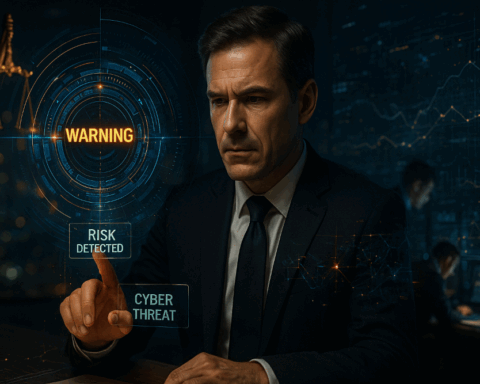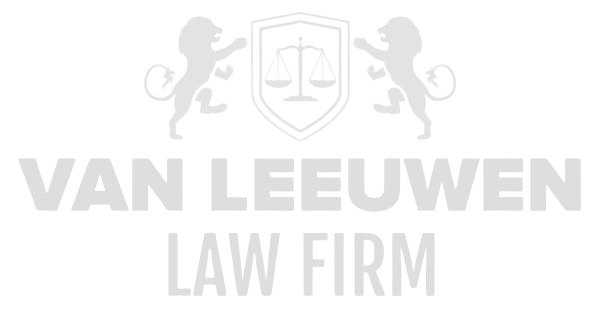In an increasingly complex world, organizations worldwide face a growing number of risks related to fraud, bribery, and corruption. These crimes can severely undermine not only an organization’s financial stability but also its reputation and operational efficiency. Combating serious fraud, bribery, and corruption requires a robust risk management and compliance program that is both preventive and corrective, with an emphasis on identifying, controlling, and mitigating risks before they can cause harm.
Risk management and compliance form the pillars of an effective strategy to counteract serious fraud and corruption. Risk management focuses on identifying, assessing, and mitigating potential risks, while compliance ensures that an organization aligns its business activities with applicable laws and regulations, ethical standards, and internal policies. When these disciplines are effectively combined, organizations can build a strong defense line against the complex challenges posed by serious fraud, bribery, and corruption.
This article explores the challenges organizations face when implementing risk management and compliance programs to combat fraud and corruption. We examine how these two components complement each other to create an integrated system of prevention and detection, and which specific obstacles organizations must overcome to effectively address these threats. Additionally, we discuss the role of technology, governance, and culture in enhancing the effectiveness of risk management and compliance in the fight against fraud, bribery, and corruption.
Risk Management: Identifying and Mitigating Fraud and Corruption Risks
Risk management forms the foundation of every strategy aimed at combating serious fraud, bribery, and corruption. The process begins with identifying the various risks an organization may face in these areas. Fraud can occur in financial reporting, procurement processes, tax filings, or in the handling of customer data. Bribery may include kickbacks for access to government contracts, fraudulent payments to undermine competitors, or bribing officials to obtain favorable legislation.
The challenge for risk management teams is to recognize these risks in a timely manner, especially since fraud and corruption often remain hidden behind complex transactions and networks of involved individuals. Effectively mapping risk-prone areas requires a deep understanding of the organization’s processes, systems, and culture. This can be achieved through advanced analytical techniques, internal audits, forensic investigations, and continuous monitoring of high-risk activities.
One of the biggest obstacles in risk management is that fraudulent actions often occur subtly and adapt to existing processes to avoid detection. Therefore, it is crucial that risk management teams not only focus on traditional risk areas but also identify hidden vulnerabilities in systems that can be exploited for fraud and corruption. The use of technology, such as artificial intelligence (AI) and data analysis tools, can help detect patterns indicating fraud or corruption before they cause damage.
Besides identifying risks, risk management must also develop strategies to mitigate these risks. This can include implementing stricter internal controls, such as requiring approvals from multiple departments for significant financial transactions, or adjusting supplier selection processes to prevent corruption. Effective risk management requires organizations to continuously evaluate and adjust their processes based on new insights, legislation, or changes in market conditions.
Compliance: Ensuring Adherence to Laws, Regulations, and Ethical Standards
Compliance plays an equally important role as risk management in the fight against serious fraud and corruption. It ensures that organizations align their activities with both legal requirements and ethical standards that support the prevention of unethical behavior. In the context of fraud and corruption, compliance programs must not only comply with national and international laws, such as the UK Bribery Act or the US Foreign Corrupt Practices Act, but also internal policies that promote transparency and integrity.
The challenge for organizations regarding compliance lies in the increasingly complex laws and regulations. This requires continuous monitoring and adjustment of compliance programs to ensure that the organization always meets the latest requirements. Compliance teams must act swiftly once risks arise by implementing measures that not only resolve the situation but also prevent future violations.
A crucial aspect of compliance is the role of management and the board of directors. It is essential that the organization’s leadership conveys a clear message that compliance and ethical behavior are priorities. This starts with fostering a culture of integrity and accountability. Management must ensure sufficient resources for employee training, establishing clear guidelines for ethical behavior, and encouraging the reporting of wrongdoing without fear of retaliation.
Compliance programs should also focus on actively monitoring transactions and activities that carry an increased risk of fraud or corruption. Conducting regular audits, strengthening due diligence in selecting suppliers or business partners, and implementing robust systems for reporting suspicious activities are essential components of an effective compliance program.
Technology and Innovation in Risk Management and Compliance
The integration of technology into risk management and compliance programs offers powerful tools for identifying, monitoring, and mitigating fraud and corruption risks. Artificial intelligence (AI), machine learning (ML), and advanced data analytics can help detect irregularities, monitor transaction paths, and predict potential risks based on historical data.
For example, AI can be used to analyze transactions in real time and recognize suspicious patterns that may indicate bribery, fraud, or other corrupt practices. Machine learning models can continuously improve the predictive capabilities of systems, enabling organizations to respond quickly to emerging risks. Blockchain technology also increases transparency and traceability of transactions, making it harder to conceal fraudulent acts.
The challenge lies in implementing and using these technologies in a way that seamlessly integrates with existing risk management and compliance processes. Significant investments must be made in staff training and infrastructure to effectively integrate these technologies. Additionally, organizations must ensure compliance with privacy and data protection requirements when using advanced technologies to avoid exposure to new risks.
Culture and Governance: The Foundation of Effective Risk Management and Compliance
The culture and governance of an organization play a crucial role in the effectiveness of risk management and compliance. It starts with leadership: the highest levels of the organization must actively promote the importance of risk management and compliance. This means not only adhering to rules but also creating an ethical climate in which employees feel responsible for preventing fraud and corruption.
A culture of integrity cannot only be enforced through policies and controls but must be internally cultivated through training, communication, and enforcement of ethical standards. Leaders must not only lead by example but also continuously communicate the value of compliance and ethical behavior, ensuring adequate channels for employees to report irregularities or concerns without fear of retaliation.
Good governance requires organizations to have a clear framework for decision-making regarding risk management and compliance. This includes defining clear roles and responsibilities for the execution and supervision of risk management and compliance programs, as well as regular reporting to the board of directors and external regulators on the effectiveness of implemented measures.
The Importance of a Holistic Approach to Risk Management and Compliance
Risk management and compliance are undeniably crucial in the fight against serious fraud, bribery, and corruption. The challenges are multifaceted, from identifying hidden risks to ensuring adherence to complex laws and regulations. To be effective, organizations must combine risk management and compliance with technology, a culture of integrity, and strong governance policies.
The key to success lies in continuously evaluating risks and creating an organizational culture that guarantees ethical behavior and compliance. This approach enables organizations not only to minimize the impact of fraud and corruption but also to lay a stronger foundation for sustainable growth and success.















